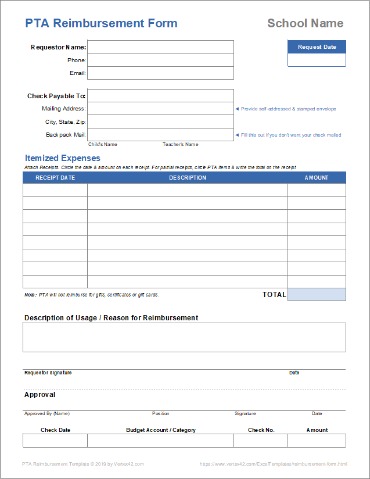
The reconciliation process involves comparing what is a death spiral definition meaning example internal financial records with external documents to identify and correct discrepancies. This includes investigating any differences, making necessary adjustments, and documenting the process for accuracy. Finally, the reconciliation is reviewed and approved to ensure the financial records are accurate and complete. Reconciliation in accounting is needed whenever there are financial transactions to ensure accuracy and consistency in the records. It’s typically required at regular intervals, such as monthly, quarterly, or annually, to verify that internal records match external statements like bank accounts, supplier invoices, or customer payments. Reconciliation is also necessary before financial reporting, audits, and tax season preparation.
So, the business records the purchase as a credit in the cash account and a debit to the asset account for reconciliation. Here, they’d match records like receipts or cheques with entries in the general ledger. This is a bit like carrying out a personal accounting reconciliation using credit card receipts and a statement. By leveraging technology for more efficient reconciliation processes, lawyers can save time and greatly reduce the chance of error. Once the individual client ledgers and the firm’s trust account ledger are aligned, you can then reconcile the client ledgers and trust account ledgers with your trust bank account statement. The goal of bank reconciliation is to check that ending balances match on both your bank statement and your records.

While proper reconciliation is the standard for how law firms should handle all financial accounts, it is particularly important—and often required—for the management of trust accounts. Bank reconciliation is an accounting process where you compare your bank statement with your own internal records to ensure that all transactions are accounted for, accurate, and in agreement. This method for account reconciliation involves the use of historical account balance levels to determine the estimated account balance of the statement or accounting record under review. It estimates the actual amount that should be in the account based on previous account activity levels or other historical metrics gotten from previous accounting periods. The company’s bank is contacted to get information on these additional or missing transactions and a discovery is made that it was indeed a bank error.
By taking advantage of technology and automation in this way, you can save time and avoid duplicate data entry errors. The information provided in this article does not constitute accounting, legal or financial advice and is for general informational purposes only. Please contact an accountant, attorney, or financial advisor to obtain advice with respect to your business.
Capital accounts
The accountant contacted the bank to get information on the mysterious transaction. It involves calling up the account detail in the statements and reviewing the inventory and cost of goods sold appropriateness of each transaction. The documentation method determines if the amount captured in the account matches the actual amount spent by the company. When account reconciliations are incorporated into the month-end closing process, this can delay the completion of the close. Controllers can mitigate this issue by mandating that only accounts with large ending balances be reconciled at the end of each month, thereby reducing the workload while still spotting most account errors. The account conversion method is where business records such as receipts or canceled checks are simply compared with the entries in the general ledger.
- With the accounting activities of companies majorly done by humans, there is no writing off human error.
- In single-entry bookkeeping, every transaction is recorded just once rather than twice, as in double-entry bookkeeping, as either income or an expense.
- Other reconciliations turn non-GAAP measures, such as earnings before interest, taxes, depreciation, and amortization (EBITDA), into their GAAP-approved counterparts.
Bank Statement Reconciliation FAQs
Reconciling your bank statement can help you avoid bounced checks (or failing to make electronic payments) to partners and suppliers. There are 5 main recognised kinds of reconciliation accounting that are industry-wide. The more you reconcile any kind of account, the more likely it is tax deductible expenses for photographers that you will pick up discrepancies.
Final thoughts on reconciliation in accounting
The balance of a general ledger account, for instance, is obtained from independent systems, third-party data, or other supporting documents, such as bank statements and credit card statements. This step helps with additional independent information to verify the accuracy of the general ledger account balance. For instance, while performing an account reconciliation for a credit card clearing account, it may be noted that the general ledger balance is $260,000. Still, the supporting documentation (i.e., credit card processing statement) has a balance of $300,000. Further analysis may reveal that multiple transactions were improperly excluded from the general ledger but were adequately included in the credit card processing statement.
Secondly, account reconciliation helps identify fraudulent activity committed by employees, dishonest customers, vendors, suppliers, or cyber-thieves. Duplicate checks, unauthorized credit card activity, or altered invoices are some common practices that can be identified through account reconciliation. Account reconciliation is typically carried out at the end of an accounting period, such as monthly close, to ensure that all transactions have been accurately recorded and the closing statements are correct. Here, you reconcile general ledger accounts related to short-term investments with a maturity period of 90 days or less. This reconciliation makes sure that your financial records match the balances on brokerage or financial institution statements. A reconciliation can uncover bookkeeping errors and possibly fraudulent transactions.